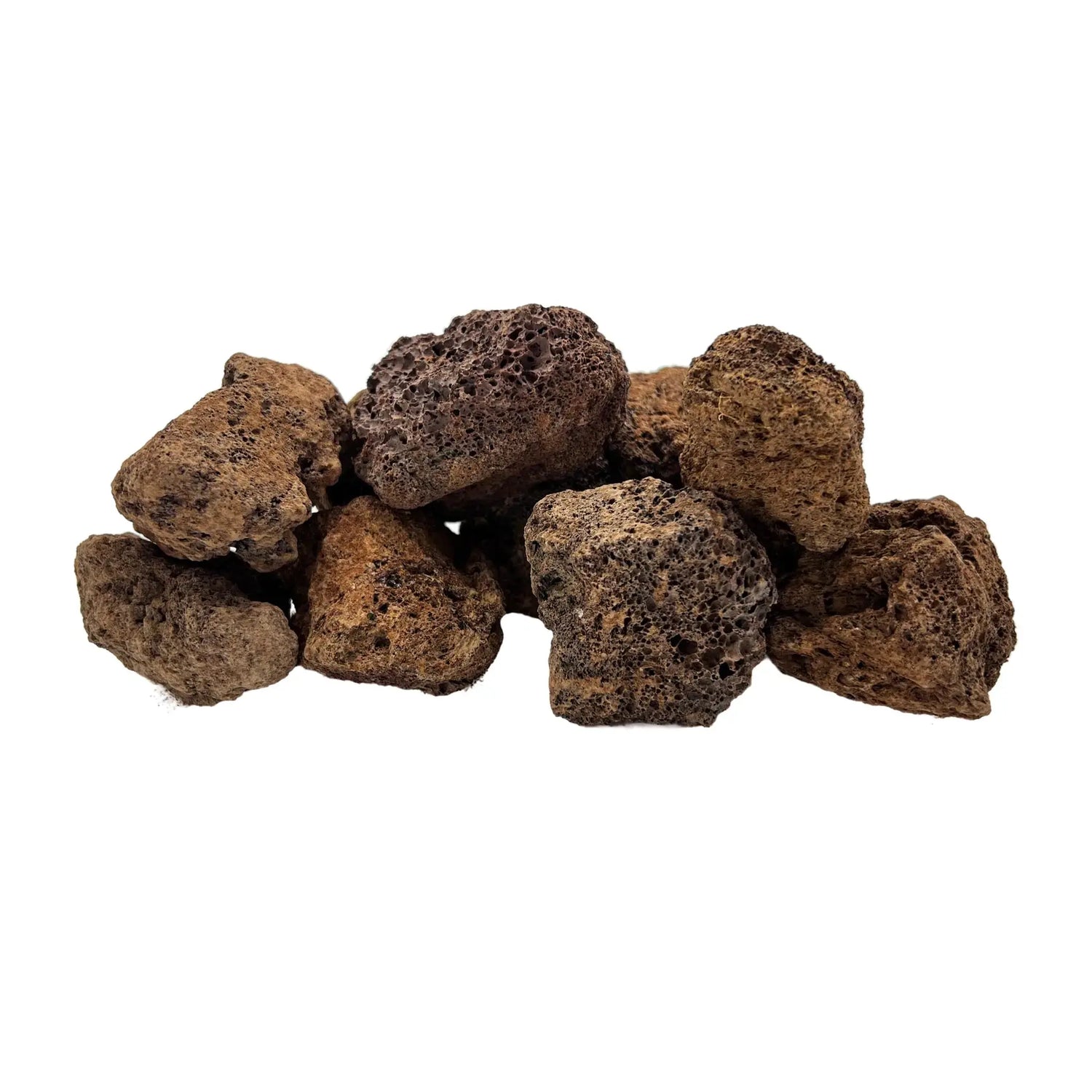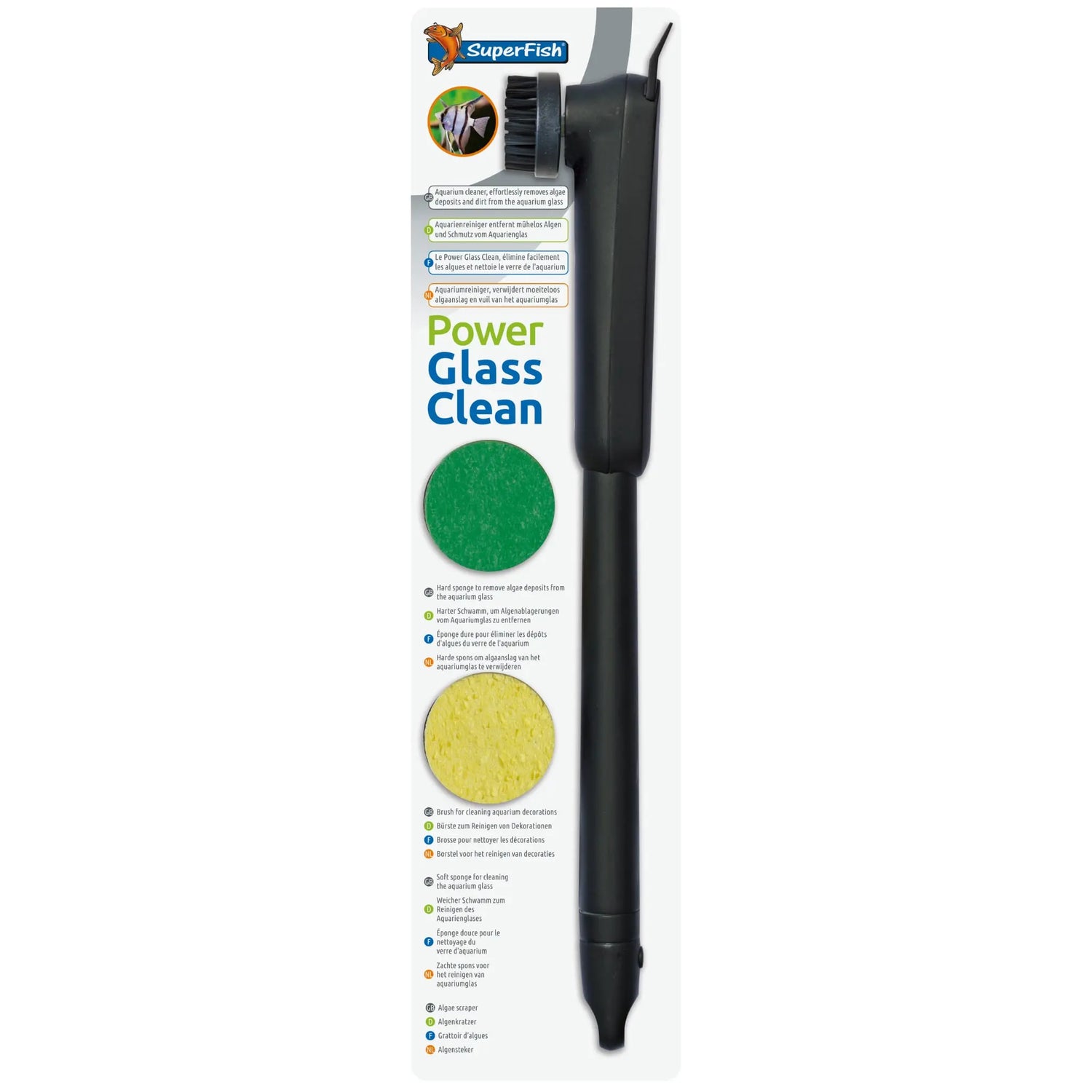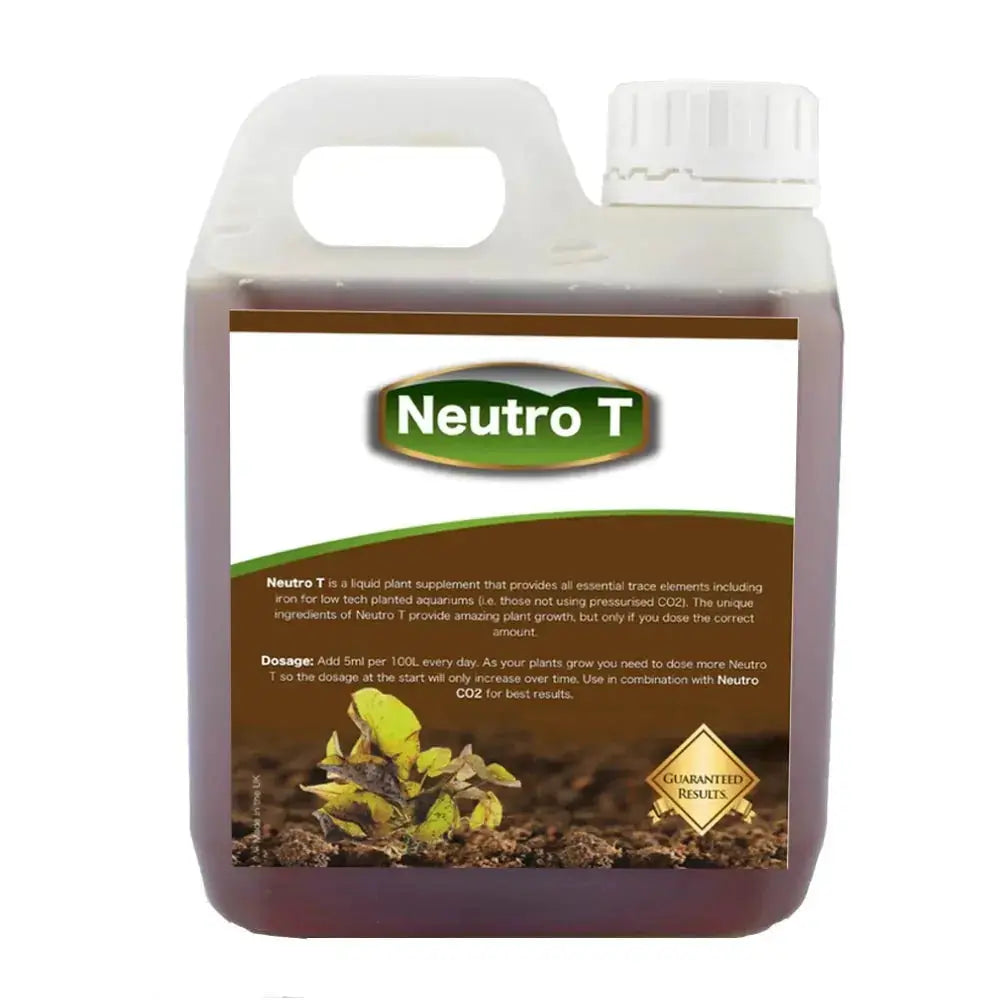The Hidden Benefits of Lava Rock
Lava Rock which is formed from the intense heat of volcanos has many hidden benefits for the aquarium that many hobbyists are not even aware of. This blog post on The Hidden Benefits of Lava Rock will give an insight into how this rock really does help.
What are the benefits?
It's is perfect for providing the ideal living environment for your aquarium because it has beneficial denitrifying bacteria. This bacteria will improve your water quality by reproducing and then removing nitrates.
How does it work?
You only have to inspect the rock and you can see it is covered in tiny holes making it extremely porous allowing water to pass through and diffuse into the rock. So what does The Hidden Benefits of Lava Rock really mean? An anaerobic environment is created inside the rock as beneficial nitrifying bacteria consume all the oxygen in the water. Within this anaerobic environment inside the rock, denitrifying bacteria consume the nitrate and produce oxygen and nitrogen. We all know how nitrate in the aquarium is bad news for fish and shrimp so Lava Rock really is the most natural and best way of removing nitrate.
What do I do with it?
Lava is an attractive rock in its own right so not only is it beneficial, it is also ornamental too. They look very natural and stack very well indeed. Some people comment that it is like as if the rock has glue on it as it stacks together so well. It is so versatile and you can really have some fun playing around with different pieces and creating various shapes and constructions. It is popular for creating a cave effect (see picture below) making it a perfect refuge for certain fish and shrimp. Shrimp love to forage on Lava Rock in search of bits of food that may have fallen into the holes. Shrimp also like to have a safe place to hide when they moult so creating them a cave with small pieces would be ideal for them. It really is true The Hidden Benefits of Lava Rock!
To grab yourself some Lava Rock please click here.







26 comments
You can buy it pretty much anywhere. Landscaping/hardware stores (or their websites) tend to have the best prices especially if buying in bulk. It is pretty much my favorite substrate because it is the most trouble free in the long run as it provides biological filtration naturally regardless whether you have a filter or not…although it does take a bit of an adjustment if used to sand or even gravel and it tends to need the most cleaning in the beginning as those pores hold a lot of dirt…
I have both lava rock and snails in all my tanks with no problems. I think the rough edges are overrated. I have had more problems with normal rock having rough edges. Besides the edges on lava rock are very easy to smooth if needed but I usually don’t bother…I have had to smooth out some edges on other rocks that I placed in the tank though.
No, lava rock does not supply additional nutrients to plants, however because of their porosity, they will supply water and nutrients in the water column to plants that get their nutrients from the water column when the plants are rooted in the lava rock.
While some lava rock can have rough edges they are rarely if ever sharp, bettas are usually fine with lava rocks. If need be, you could always smooth the edges out…it is very easy to do. You could do it with just a scrub sponge.
Lava rocks give awesome look in an aquarium. You can use lava rocks undoubtedly in yours. But you cannot put it in your aquarium directly, you have to prepare it before placing it. So, follow the steps below:
You can clean them with fully clear water and make them clean. But we will mention some more useful methods with you. We can wash the rocks for 30 min with clean water, then it will be clean to use in the aquarium.
You can boil the lava rocks in water for 30 minutes. It will remove all dirt and clean the potential diseases from the rocks. After boiling them, wipe them with a clean towel, then we have to cool them for one hour. Then we can use them in aquariums.
We can also use bleaching powder. We can use 1:10 portion in water and keep the rocks in the solution for 24 hours. They will be clean and disinfectant. Then we can use them for aquariums.